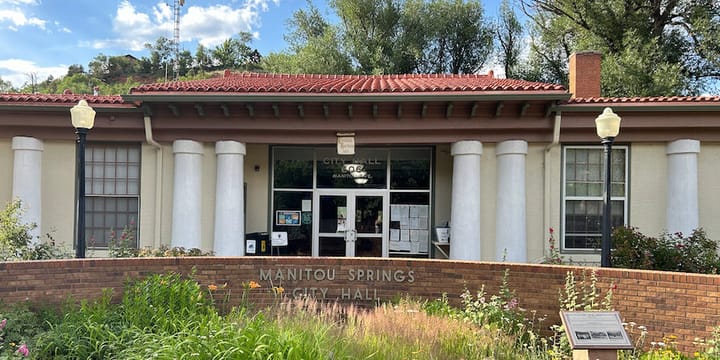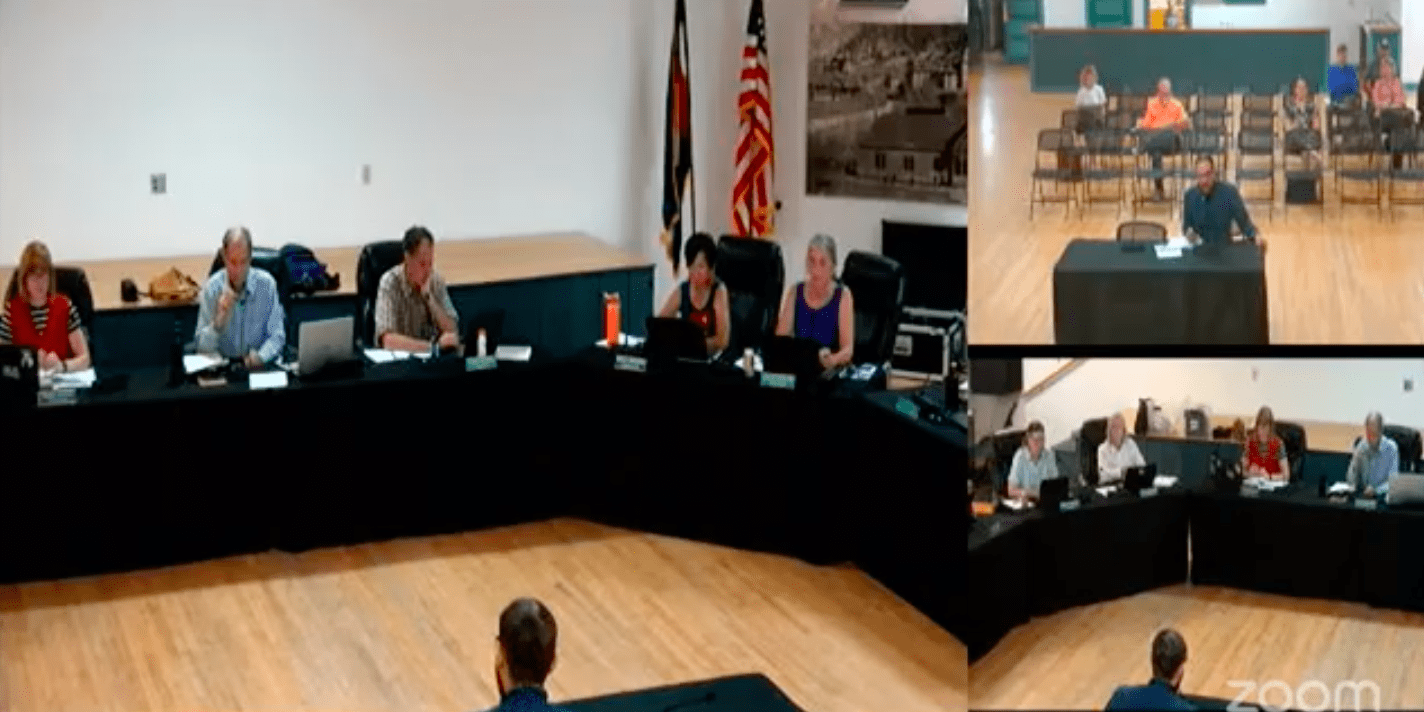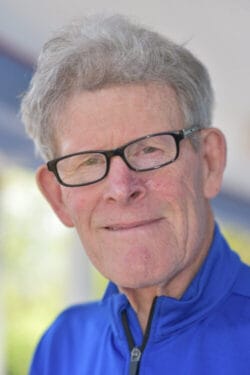Point-in-Time count shows ‘painful realities’ of homelessness in region
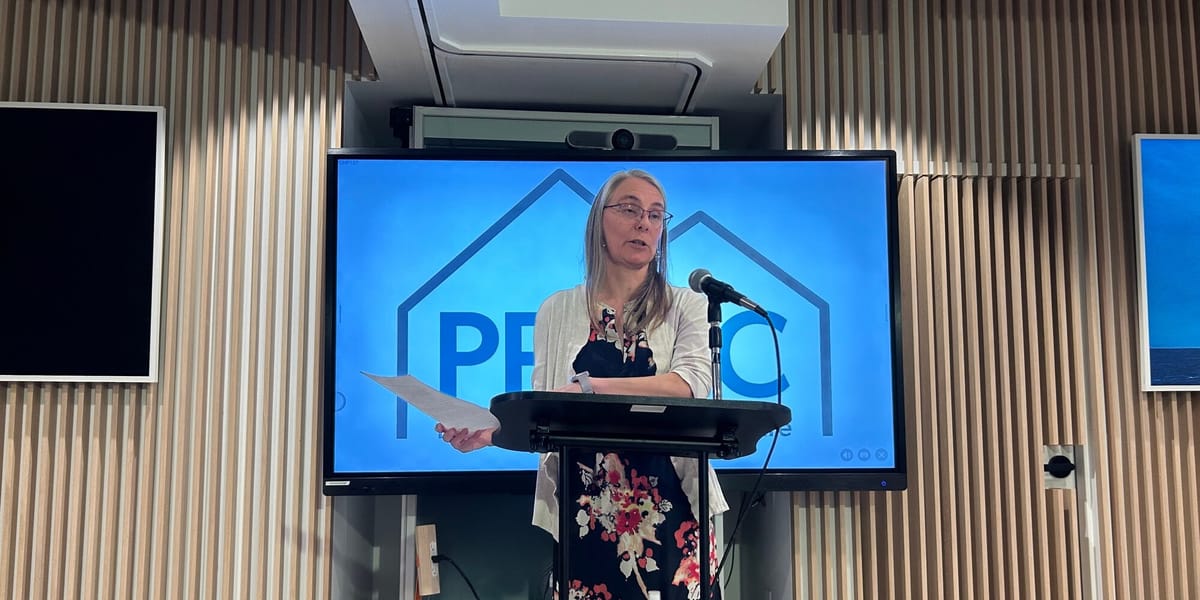
Yesterday the Pikes Peak Continuum of Care (PPCoC) released their findings from the 2025 Point-in-Time (PIT) count. Required by the Department of Housing and Urban Development (HUD), the PIT tracks people experiencing homelessness in a single night in January and is used to determine federal funding and resources. The 2025 PIT identified 1,745 individuals experiencing homelessness on Jan. 26, an increase from 2024.
“The total number reflects an increase from 2004 of 599 individuals counted,” said Becky Treece, chair of the PPCoC Governing Board. “This is likely due to both a real increase in homelessness and a more comprehensive count. Thanks to community involvement, we have a clearer and more complete picture than we’ve ever had in the past. This helps us identify service gaps, allocate resources more effectively, and shape a more coordinated response. It’s important to note that the Point-in-Time count offers only a snapshot one night out of the year. It is widely understood to be an undercount, especially for people who are difficult to locate and less likely to engage, such as those fleeing domestic violence, youth experiencing homelessness, and individuals sleeping in vehicles.”
In May the Metro Denver Homeless Initiative, representing Colorado’s four Continuums of Care, including PPCoC, released the state’s first-ever comprehensive State of Homelessness Report, which identified 6,846 people who sought housing assistance in 2024 in El Paso County, based on data from Colorado’s Homeless Management Information System (COHMIS).
“That’s why this data should be interpreted with context and caution, especially when making year-to-year comparisons,” said Treece. “We also know from other data sources that the increase we’re seeing in the Point-in-Time count is part of a broader trend. The demand for services, housing, and support far exceeds the current capacity of our system. On a typical night, 1,227 emergency and transitional beds are available in our region. That means that 500 more beds would be needed to shelter every person who was counted in this year’s Point-in-Time.”
Aimee Cox, the Colorado Springs chief housing and homelessness officer, noted the importance of the data. “When we place this data alongside the insights we have from the Homeless Management Information System, the Supplemental Nutrition Assistance Program enrollments, and other sources, we begin to see a more fuller picture of homelessness,” she said. “It’s a picture that has both painful realities and hopeful signs. Homelessness remains a serious challenge here. It’s a serious challenge across the country, and it’s closely tied to the growing gap in housing affordability. We cannot explain homelessness without also understanding the decreasing housing affordability in our communities.”
While homeless advocates and nonprofits have all identified affordability as a leader factor in homelessness in Colorado, many community groups continue to push back against affordable housing and even high-density market-rate housing. “We’re really trying to be proactive and help people understand who lives in affordable housing,” said Cox. “When you're talking 60% of the area median income for a family of four, you’re taking somewhere in the range of $67,000, $70,000 a year, right? These are people who are working for our fire department, working in housing and homelessness response, working at banks, working in police departments, they’re working in retail – they’re working. That is the population we are trying to serve. As well as using our opportunities with affordable housing development to have some of those renters subsidize people who are early stages of their career, or just re-entering the workforce and who are earning less than 30% of the area median income … which I think is going to be right around $37,000 for a family of four. I think it’s really important for us to all understand that we’re human beings; we have to be housed at some point. And the more we’re spending our money on rents, the less we’re spending on our kids – their food, their sports training, their education, their health care, the less we’re spending at restaurants. I mean, it makes an impact when all of our money goes into housing costs.”
KRDO recently reported that “The Homestead Collective” food hall in northern Colorado Springs announced the closure of over half its restaurants just two months after its grand opening, citing a lack of community support.
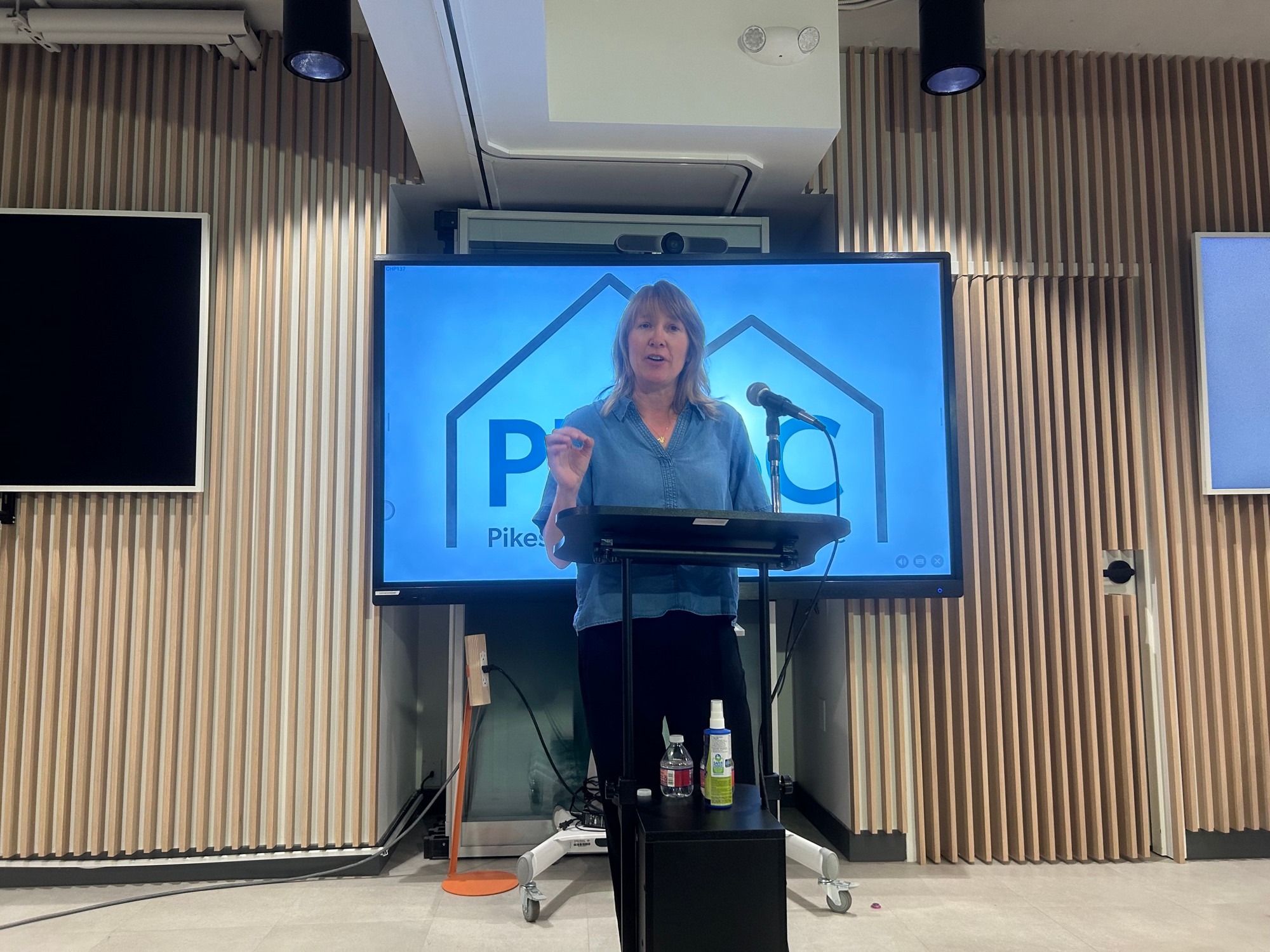
Federal government cutting spending as need rises
While residents are spending more on housing, the federal government is poised to spend less on a wide array of social services, which is impacting state and local governments. The City of Colorado Springs is bracing for an $11.5 million budget shortfall.
“The concern is great that we do not have the resources necessary in our community to meet the need,” said Treece. “That’s kind of what this Point-in-Time highlighted is that even with our current capacity, when we are all working as hard as we can, with the resources we have currently, we are not meeting the need. We need our community to support the providers who are doing this work every day, and we need our neighbors and our community members to reach out to their elected officials – beyond the city, beyond the mayor’s office, bigger than that – and really, really help us secure the resources we need to make sure not only that we can grow as the demand grows, but that we’re also not putting people back out on the street that we’ve gotten off it this year. There are programs that are critical to the success in our community that are on the chopping block, and the only way they get saved is by the voice of the community saying that's not okay.”
Cox is trying to stay optimistic. “If you read the Big Beautiful Bill, if you read some of the other proposals, there is a potential increase in resources,” she said. “The low-income housing tax credit program, reducing some of the requirements for private activity bonds, so that we don’t have to meet as high a threshold. And there’s some really good opportunities around housing. So [we’re] really trying to stay optimistic and flexible and in collaboration.”
In a press release, Colorado Springs Mayor Yemi Mobolade highlighted the City’s Homeless Response Action Plan. “The Point-in-Time Count offers more than numbers, it offers insight,” he said. “Insight into what’s changing, where the greatest needs are, and how we can respond more effectively as a city. That is why I chose ‘data’ as the City’s word of the year. Because data helps us move beyond assumptions and into the realm of real, measurable solutions for our community. Homelessness is a complex challenge, but Colorado Springs is not standing still. Our Homeless Response Action Plan released last year is guiding our coordinated response that includes increased transitional housing, expanded outreach efforts downtown, targeted enforcement where needed and strong community partnerships across our community. I am especially grateful to the volunteers, service providers, and community partners who made this year’s count possible. Your work matters. With data in hand and shared purpose at heart, I believe we can move closer to a city where homelessness is rare, brief, and nonrecurring.”
Among the groups working to address homelessness in Colorado Springs is the Homeless Union, which has worked to advocate for homeless individuals and assisted in this year’s PIT. “It takes a village, for sure,” said Kandy Lewis, a volunteer with the Homeless Union. “The numbers are huge, and where we go from here is going to depend a lot on that.”
Please consider making a donation to our nonprofit newsroom.
Sign up for our free weekly newsletter!

